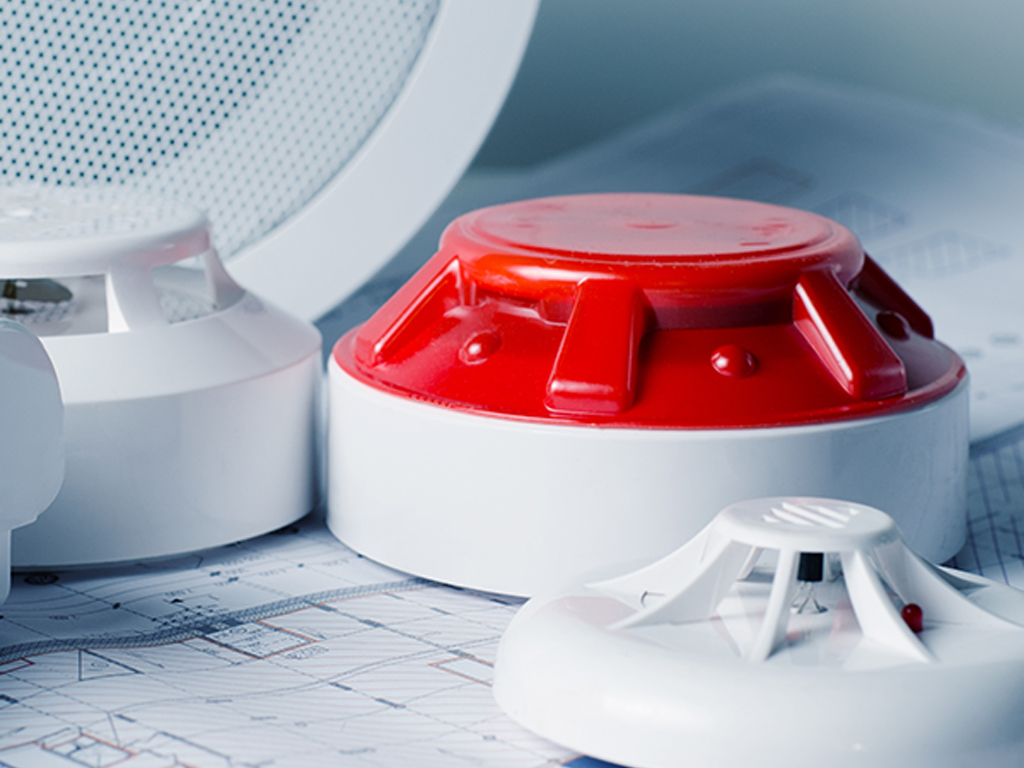- Licensing Training
- Earn CEUS
- Career Programs
- Certifications
- Security Certifications
- Certified Alarm Technician (CAT) Level 1
- Certified Video Systems Specialist (CVSS)
- Certified Video Technician (CVT)
- Certified Systems Integrator (CSI)
- Certified Alarm Technician (CAT) Level 2
- Certified Intrusion Technician (CIT) Level 2
- Certified Service Technician (CST)
- Certified Security Systems Integrator (CSSI)
- Fire Certifications
- Sales Certifications
- Renew Your Certification
- Security Certifications
- About
- Contact Us
MY STATE
- Alabama
- Alaska
- Arizona
- Arkansas
- California
- Colorado
- Connecticut
- Delaware
- Florida
- Georgia
- Hawaii
- Idaho
- Illinois
- Indiana
- Iowa
- Kansas
- Kentucky
- Louisiana
- Maine
- Maryland
- Massachusetts
- Michigan
- Minnesota
- Mississippi
- Missouri
- Montana
- Nebraska
- Nevada
- New Hampshire
- New Jersey
- New Mexico
- New York
- North Carolina
- North Dakota
- Ohio
- Oklahoma
- Oregon
- Pennsylvania
- Rhode Island
- South Carolina
- South Dakota
- Tennessee
- Texas
- Utah
- Vermont
- Virginia
- Washington
- West Virginia
- Wisconsin
- Wyoming
Menu
Categories
- Licensing Training
- Earn CEUS
- Career Programs
- Certifications
- Security Certifications
- Certified Alarm Technician (CAT) Level 1
- Certified Video Systems Specialist (CVSS)
- Certified Video Technician (CVT)
- Certified Systems Integrator (CSI)
- Certified Alarm Technician (CAT) Level 2
- Certified Intrusion Technician (CIT) Level 2
- Certified Service Technician (CST)
- Certified Security Systems Integrator (CSSI)
- Fire Certifications
- Sales Certifications
- Renew Your Certification
- Security Certifications
- About
- Contact Us
- Core Courses
- Printed Course Material Add-Ons
- Assessments
- Class Templates
- Group Products
- Uncategorized
- Continuing Education Courses
- ESA Fire Certifications
- ESA Security Certifications
- Certified Alarm Technician - Level I
- Certified Alarm Technician (CAT) Level II
- Certified Intrusion Technician (CIT) Level II
- Certified Security Systems Integrator (CSSI)
- Certified Service Technician (CST)
- Certified Systems Integrator (CSI)
- Certified Video Systems Specialist (CVSS)
- Certified Video Technician (CVT)
- ESA Sales Certifications
- States
- Alabama
- Alaska
- Arizona
- Arkansas
- California
- Colorado
- Connecticut
- Delaware
- Florida
- Georgia - Cobb County
- Hawaii
- Idaho
- Illinois
- Indiana
- Iowa
- Kansas - City of Wichita/Sedgwick County
- Kentucky - Louisville
- Louisiana
- Maine
- Maryland
- Massachusetts
- Michigan
- Minnesota
- Mississippi
- Missouri - St. Louis County
- Montana
- Nebraska
- Nevada
- New Hampshire
- New Jersey
- New Mexico
- New York
- North Carolina
- North Dakota
- Ohio
- Oklahoma
- Oregon
- Pennsylvania
- Rhode Island
- South Carolina
- South Dakota
- Tennessee
- Texas
- Utah
- Vermont
- Virginia
- West Virginia
- Wisconsin
- Wyoming
- Washington
- Course Format
Wishlist
Please, enable Wishlist.
Installation Basics for Residential Fire
$84.00

Course Length: 3 Hours
Save up to 30% with your ESA Member Code.
Tag: Workplace Essentials
This three-hour online course provides students with the basics for installing a Residential Fire System, which includes the following topics:
- Control Panels
- Initiating Devices
- Notification Appliances
- Wiring & Circuitry
- Power Requirements
What to expect in this course: The presentation includes text, audio, graphics, videos and activities to help you absorb the information presented. This course has a short quiz at the end, which you will be required to pass with a 70% or greater to complete the course.
State Approvals/Recognition
Online Courses:
If the student has completed less than ¼ of the course and a request is made to cancel, a refund is available less a 25% administrative fee. Students may choose to transfer their funds to another ESA/NTS provided course if less than ¼ the course has been completed. Transfers will not be issued until the class materials, including the course manual, is returned in like new condition to ESA/NTS. Fund transfers cannot be made to non-ESA/NTS courses due to the varied payment terms established by the Training Providers. Cancellation requests made beyond one-quarter through the course will not be refunded or transferred. Refunds should be expected within thirty days of receipt of returned materials.Live In-Person and Virtual Courses
Provider Cancellation Policy: Training Providers may cancel a class with at least 5 calendar days’ notice to pre-registered students. Classes may be cancelled without advance notice due to weather conditions or other unforeseeable emergencies. The Training Coordinator determines the conditions that constitute an emergency. All monies paid to the Training Provider for a class that is cancelled shall be fully refunded within 14 business days of the cancellation notice. Students may choose to have their monies credited towards another scheduled class. Students should contact the Training Provider for additional terms and conditions regarding their refund policy. Student Cancellation Policy: If a student cancels an ESA National Training School course more than seven days prior to the class, a refund, less a 25% administrative fee, will be issued. In lieu of canceling, a student can opt to transfer their funds to a future course. There are no refunds or transfers permitted within seven days before the class.Returns should be sent to:
Attn: PO Box 610605
Dallas, TX 75261
Returned items should include a letter regarding the nature of the return, include the student’s name, telephone number and email address.
Anger Management
$70.00
Life Safety and Building Codes
$280.00




